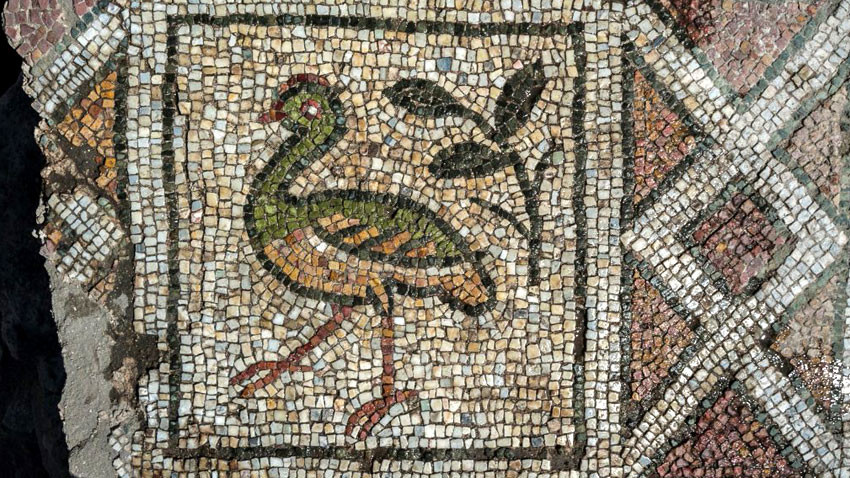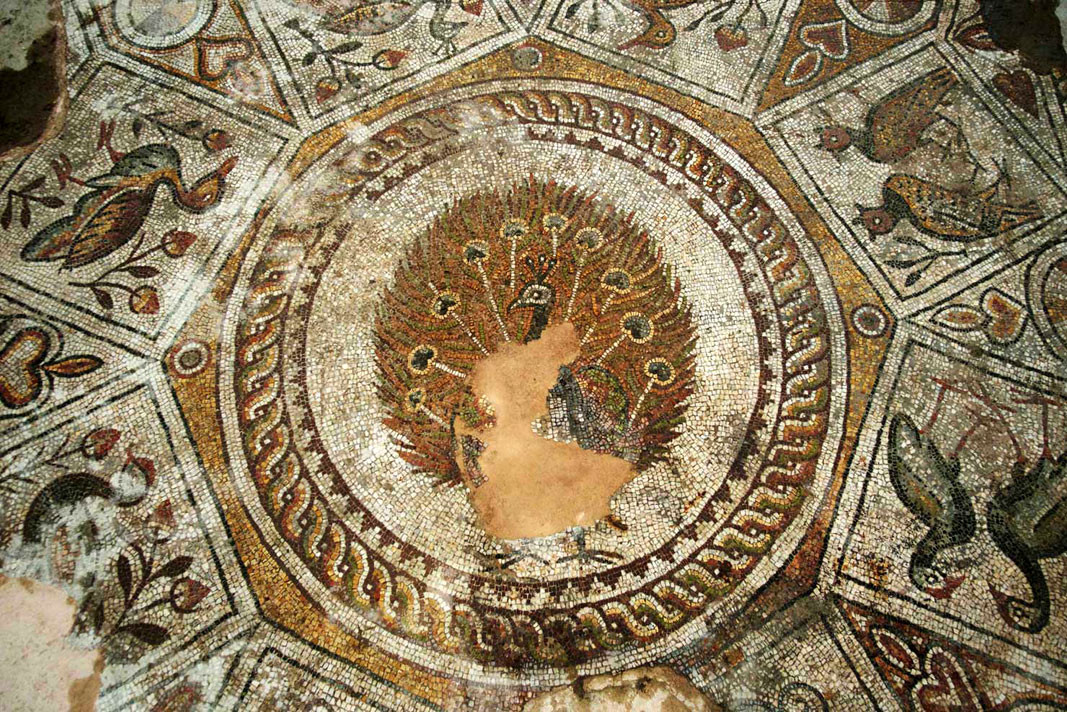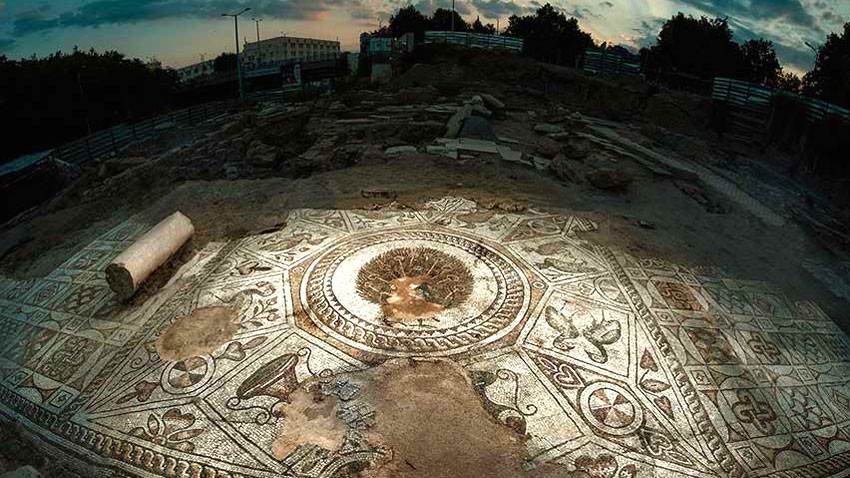In the year 313 Emperor Constantine the Great enforced the Edict of Milan proclaiming religious toleration which put an end to the persecution of Christians within the Roman Empire. The construction began of temples to the Christian God, but in magnificence and beauty, no other temple has ever matched the episcopal church in Philipopolis.
Not far from the Catholic cathedral St. Ludwig and the central square in Plovdiv (ancient Philipopolis) lie the remains of the biggest early Christian basilica in our lands. Its ruins were discovered by accident in the 1980s – during the construction of a boulevard that was supposed to cut across the site of the church. After the discovery was made its route was diverted and the site remained unstudied until 2014 when the America for Bulgaria foundation decided to finance the dig for unearthing the basilica.
“The episcopal basilica was built in the mid-4th century and is one of the first and biggest Christian temples in this part of Europe,” says architect Nikolay Traykov. “It is called episcopal because we found a bishop’s donor inscription concerning the making of some of the mosaics.”
The mosaics are influenced by the artistic movements in Constantinople and in the eastern parts of the Roman Empire, though they have specific characteristics of their own. The technique applied most widely in the basilica is opus tessellatum – cube-shaped pebbles of different colour arranged on moist mortar.

The mosaics from the first layer are in four colours – white, black, ochre and red – and depict geometric figures and crosses. In the second layer symbols come into play. For example dozens of species of birds as symbols of the Garden of Eden, the immortality of the soul and the afterlife.

One of the most important compositions is in front of the central basilica entrance and depicts a magnificent peacock with an outspread tail surrounded by bird medallions.

Besides the mosaics – the most ornate and most numerous ever found in our lands – sophisticated architectural elements have been discovered – pillars, capitals, a water fountain in the basilica yard.
“Two inscriptions have been found,” architect Traykov goes on to say. “One is a stela with the names of people involved in the city’s administration. Whereas the “Dionysus stela” is one of the most important and well-preserved stelas in Plovdiv and the environs. It is 2.2 metres long and more than a metre wide. The inscription expresses the gratitude of 45 citizens of Philipopolis, members of the cult of Dionysus, addressed to the emperor for delivering them of the Goths who attacked the city.”

At the end of the 6th and the beginning of the 7th century the basilica began to go to wrack and ruin. There was probably an earthquake in the town damaging the first layer of mosaics, there was probably an invasion as well.
“A fragment of a medieval fresco was found, that is why experts think that during the Middle Ages there was a small church on the spot where the basilica was later erected,” says architect Nikolay Traykov. “Regrettably, nothing else from this church has come down to us. Otherwise a necropolis was found here where, during the same period in history, more than 200 Christians lie buried.”
The latest information about the cathedral is from the 14th century, before it faded into obscurity for good.

The episcopal basilica of Philipopolis will be opened officially in October. It will become a major cultural centre with a two-level display of the restored mosaics. The exposition will be divided up into 26 thematic zones telling the entire story layer by layer – with the help of augmented reality.
“When you stand on a certain spot inside the modern building you will be able to see what the ancient basilica looked like,” architect Traykov adds.
Photos: plovdivmosaics.org
The town of Vidin (Northwestern Bulgaria) hosts the Summer Vibes Festival for the fifth consecutive year. On June 1 and 2, near the Baba Vida Fortress, children will discover a healthier and no less interesting way to have fun outdoors in the real..
The 11th edition of the International Film Festival of New European Cinema "The Golden Linden" will be held in Stara Zagora from 1 to 5 June. 50 films from 18 countries will be screened, including films by directors Nuri Bilge Ceylan, Roman Polanski and..
The centennial birth anniversary of Prof. Riccardo Picchio – a slavicist and an expert in Bulgarian studies of international renown, will be honoured with an exhibition, opening on 31 May at Bulgaria gallery in Rome. The event, organized by the..
The centennial birth anniversary of Prof. Riccardo Picchio – a slavicist and an expert in Bulgarian studies of international renown, will be honoured..
A second panorama of African-Caribbean cinema will take place between May 31 and June 1. The Sofia University ''St. Kiment Ohridski'' plays host to the..
The 11th edition of the International Film Festival of New European Cinema "The Golden Linden" will be held in Stara Zagora from 1 to 5 June. 50 films..

+359 2 9336 661
